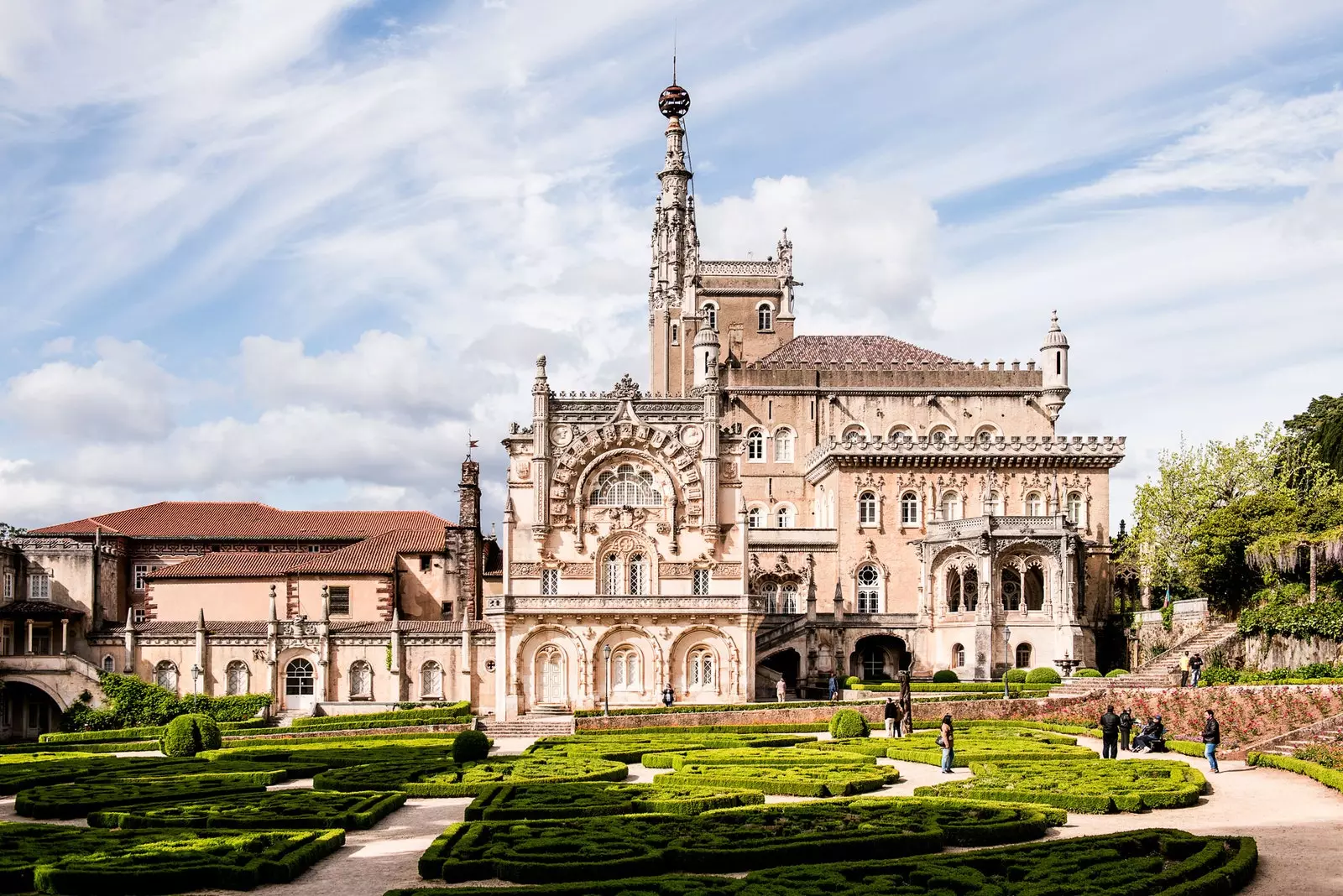
Hotel Palacio Buçaco, erected in 1888 by the last Portuguese kings.
Sleeping beyond our possibilities during a trip is overrated. Moreover, watching the sunrise has a therapeutic and certainly restorative power similar to that of several hours of sleep. It's four minutes past seven and you can only hear the rustling of the leaves and a voice, that of conscience: "The first light of day illuminates the wildest ideas."
It dawns, which is not a small thing, in a magical and – today not so much – hidden place in the heart of Portugal. We climb a path that justifies a dose of Biodramina. A winding road that, since 1910, promises a reward at the end of the road: the Bucaco Palace Hotel . The great lady of Portuguese architecture stands among the vegetation of the homonymous national park, in the town of Portuguese.

Villa Pedra, group of houses in Aldeia de Cima.
Here and now, newly dawned like us, this marvel of neo-Manueline style surrounded by Versailles gardens materializes the fantasy of the set designer Luigi Manini in 1888 . If you contemplate its facade for more than a minute, the imagination flies to the lavish fairy castles of our childhood.
With an undeniable aristocratic air, the 64 rooms have witnessed the dreams –or twisted fantasies– of countless kings, politicians and natural artists from the neighboring country. Now, if you have to keep a snapshot of this palace inspired by the Jeronimos Monastery in Belem , in Lisbon, we would definitely choose one of the interiors: the lobby.
A portentous hall decorated with great care by a staunch defender of romanticism and whose furniture and tiled walls once again confirm our fascination with Portuguese aesthetics.
If we make the effort to divest ourselves of beautiful distractions, the central staircase bathed in natural light is a spectacle on its own and the perfect photocall for social media-savvy guests.
separate chapter deserves the restaurant , decorated with frescoes by the artist Joao Vaz that illustrate maritime passages from the classic Os Lusíadas de Camões and with an exotic wood floor.
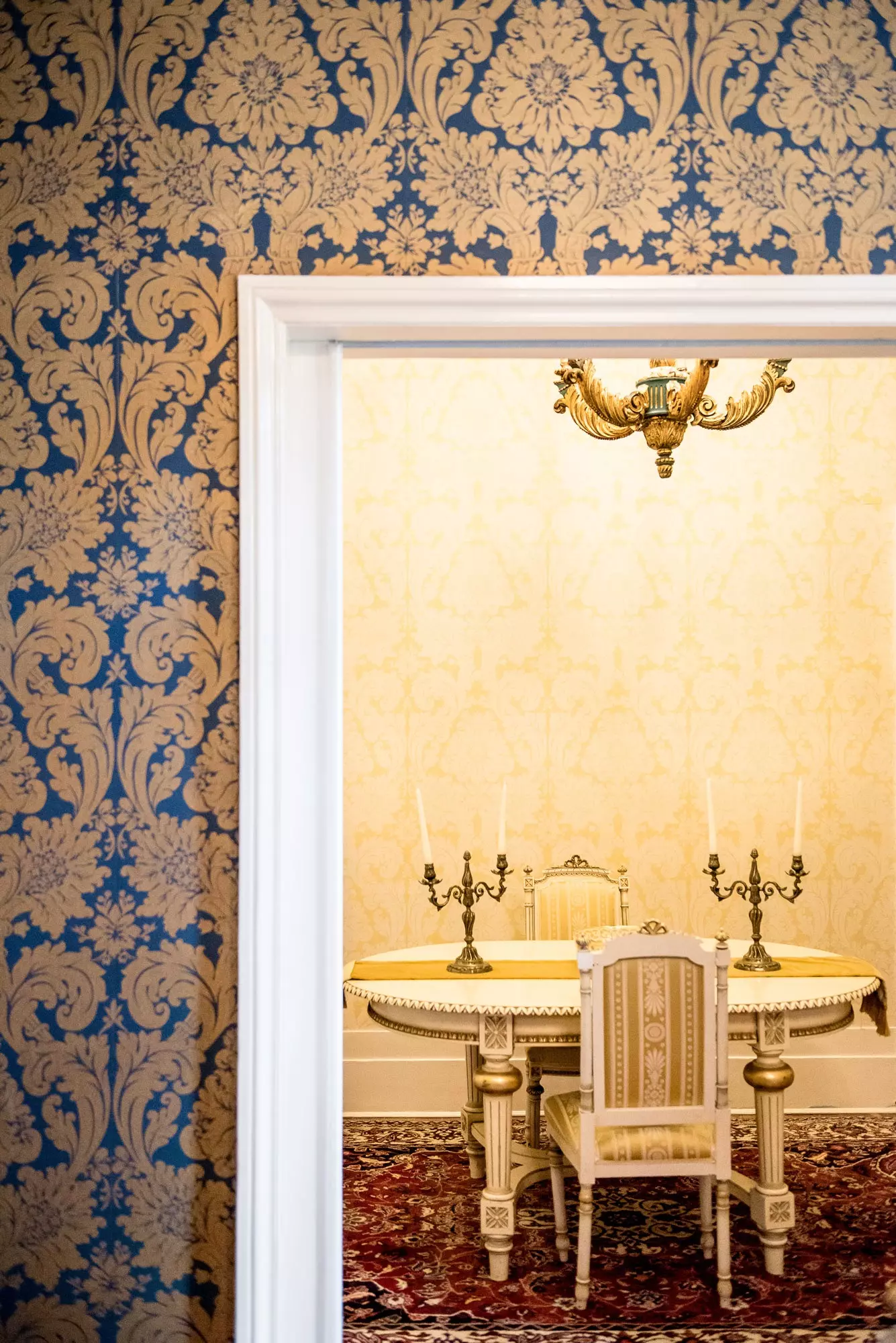
Neo-Manueline style, in Hotel Palacio Buçaco.
For the most worldly and exquisite, there are two reasons that deserve to sit at one of its stately tables: a refined offer of local delicacies and the wine list. Theirs.
In the sybaritic huddles, the Buçaco winery is, in addition to being extremely valuable, applauded by winemakers that sigh with aged brancos from the D.O. bairrada.
Made on the grounds of the grand hotel, the wines age in Portuguese oak wood and never leave the palace. They are tasted on the spot. Hence its charismatic peculiarity: “Where are they distributed? Right here". Anesthetized by the arrogance of its bouquet, it is difficult to forget a Buçaco Branco from 1995.
To give yourself a starry whim and if the restrictions of the winery allow it, you can try the Buçaco Branco 1850 for around €800.
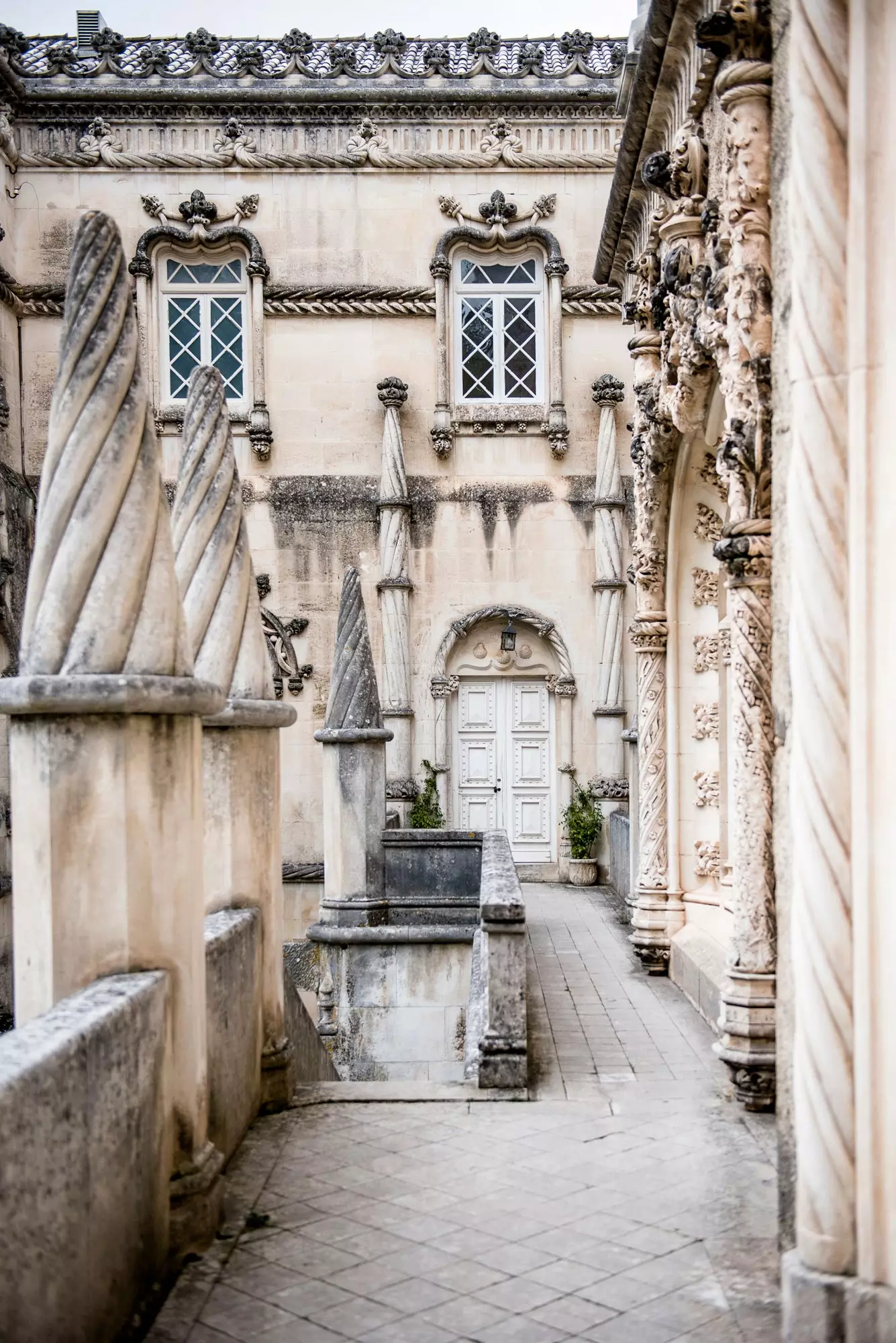
Hotel Palacio Buçaco, an architectural jewel.
Shortly before returning to the national road heading south, a clever concierge from Buçaco makes us an unforgettable recommendation: "Try these beauties from the pastry chef." This sweet prodigy with more than one name –known in these parts as pastéis de nata– sweetens the hour of travel to the only square in Casal de Sao Simao.
The town is part of the network of 27 villages of Xisto, the cultural region that covers a large area between Castelo Branco and Coimbra.
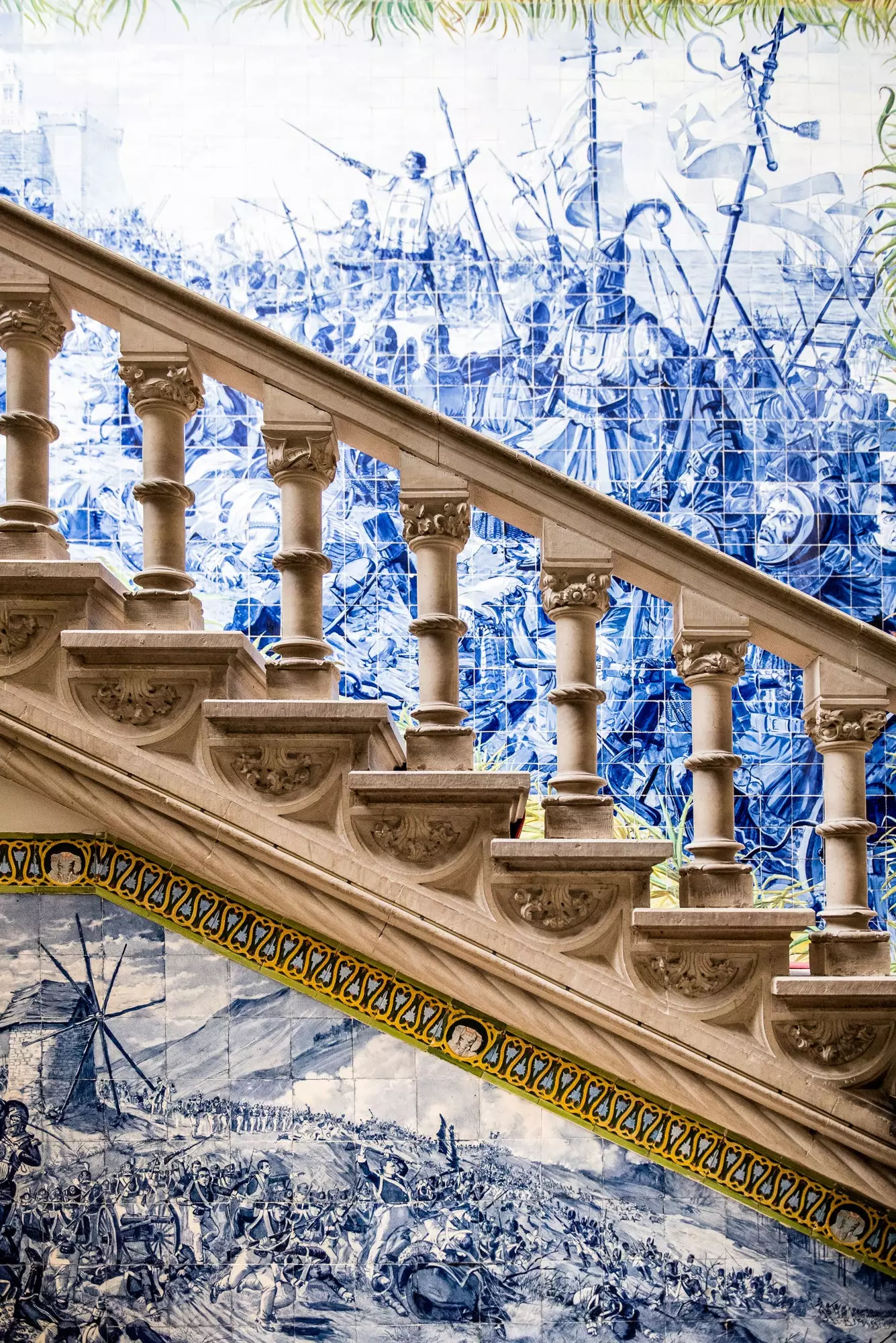
Bucaco Palace Hotel.
The architectural complex, which seems to have stopped at the beginning of time, was recovered from oblivion respecting the original architecture and natural elements. It is a sort of nod to the wild entity of this land and, in a certain way, what we have come to look for: the deaf silence of the birds with the first coffee, the breeze from the mountains at the time of vermouth and the welcoming aroma to grilled meat, often from its only restaurant, Varanda do Casal .
From the first moment, the owners are in charge of cultivating relationships (sic) on their small terrace. In Varanda do Casal they welcome you with smiles and with some imperial ones thrown with great care that encourage recurring topics of conversation such as local curiosities, the collateral damage of love or the great deeds of children.
An hour later, we reconcile with the world on a table laid out with clay pots overflowing with stews, salads, migas and two winks for Instagram: kid with lemon and a platter of baked bacalhau with olives. Imposes the NAP.
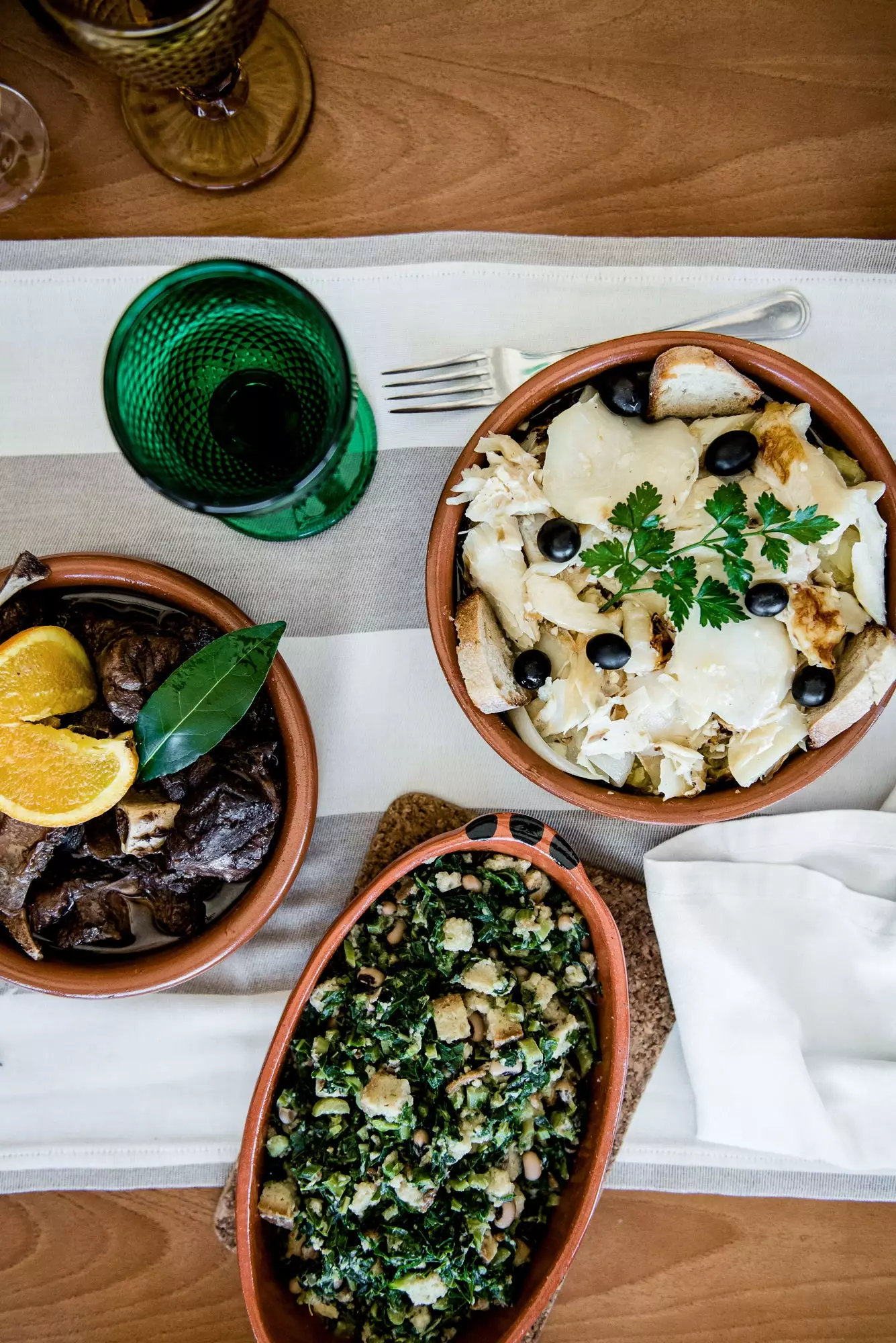
Varanda do Casal Restaurant.
And for this purpose, the beds of the Houses of Vale do Ninho They await us a few minutes by car, in Ferraria de São João. Perhaps the euphoria caused by a good rural siesta invites the following reflection: the atmosphere of these ruins converted into a rural refuge would be the perfect definition of the fullness of the countryside and well-understood ecotourism.
Pedro and Sofía embody the bucolic enthusiasm of Casas do Vale do Ninho and demonstrate it with wild strawberry juice, fresh cheese and sponge cake, all homemade.
Their dogs are not far behind and bark to welcome, the chickens cluck in the backyard and their twin sons take the pulse of anyone willing to challenge them with the ball or a couple of pebbles.
It is what the authentically wild life of this town of the mountain range of Lousã . The ancient ruins of Ferraria de Sao Joao they have been transformed into two studios, a villa and the hosts' own house.
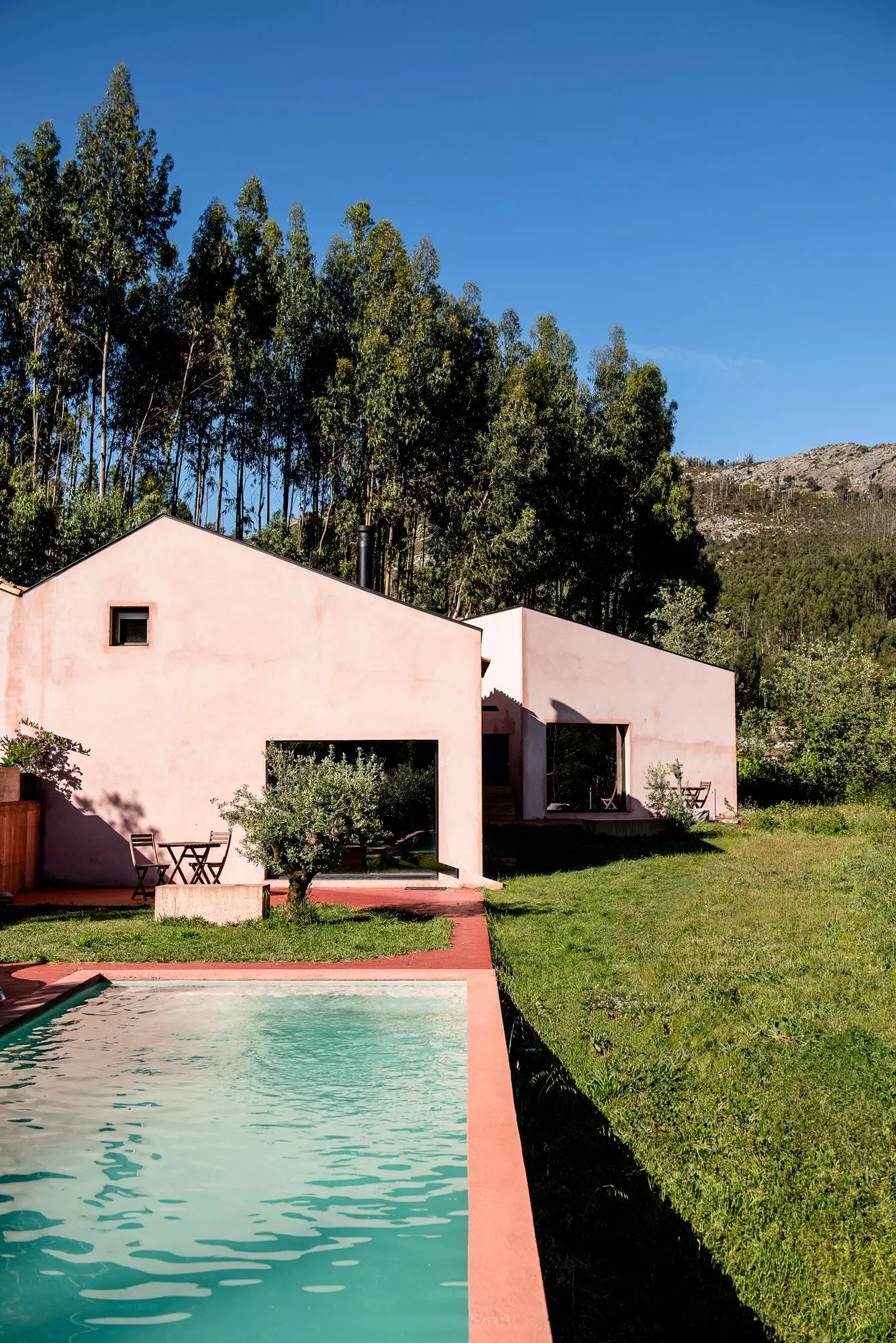
Rural accommodation Vale Do Ninho Nature Houses, in the Lousã mountain range.
With all the comforts of the 21st century, the houses respond to protocols of ecological and energy efficiency, and for this they have used local materials and architectural patterns from the primitive village.
It takes two days and two nights to convince you that yours is life in the countryside: at breakfast time you spread homemade jams about the bread that Sofía taught you to cook the day before, you embark on routes on two wheels together with Pedro, and his children flaunt the crushing logic of their age when they talk to Chico, the family's blind donkey, or they put the occasional runaway hen in its place.
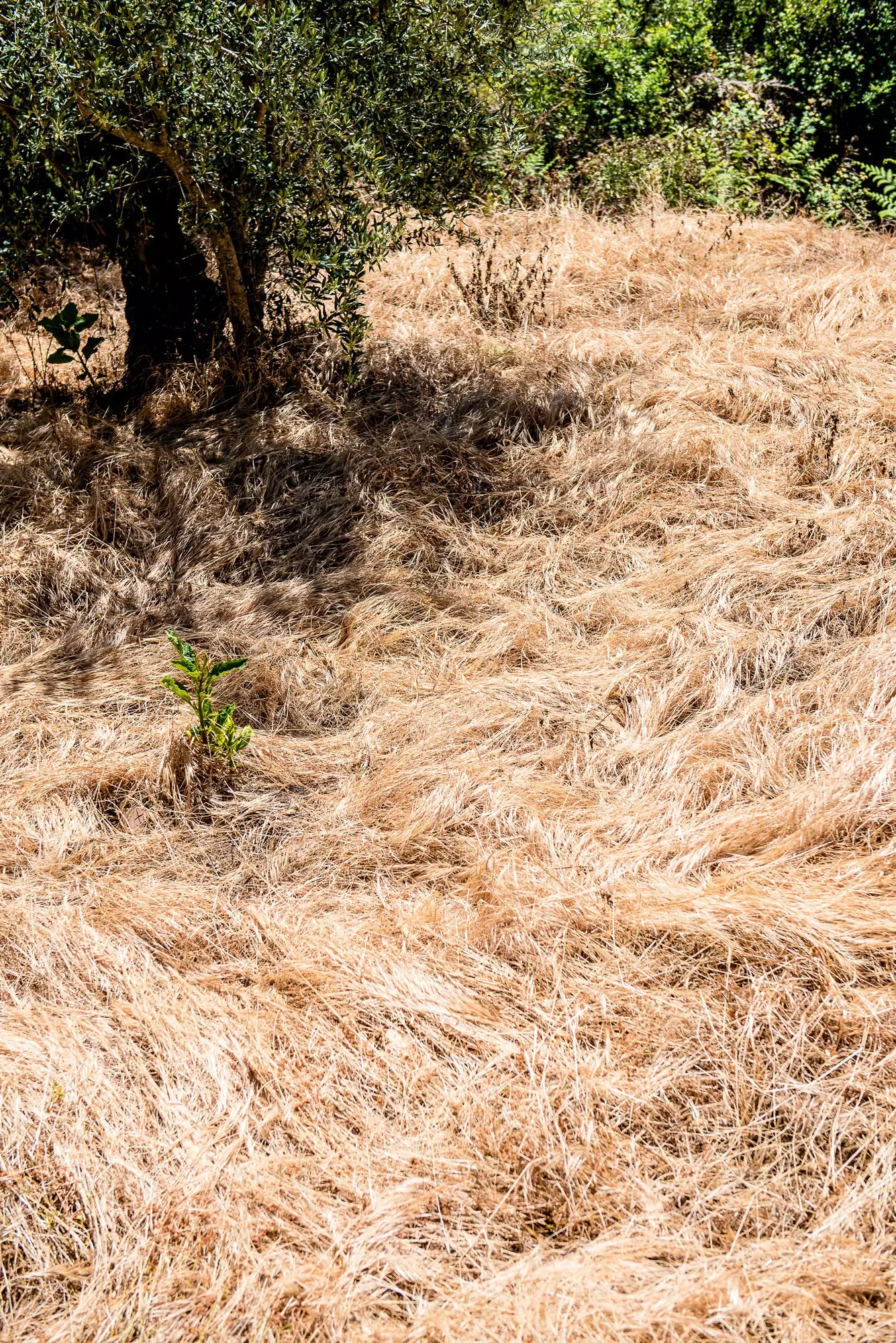
The Casal de São Simão village, protected by oak, pine and eucalyptus trees.
After sixty minutes driving south we parked in Village of Cima , whose houses have lived abandoned to their fate for more than 70 years happily protected by the oak and holm oak forests of the Sierra de Sicó , which hides beautiful archaeological secrets. Just a decade ago, 14 of those dilapidated buildings were recovered and renamed Villa Stone .
His demiurges? A prodigious tandem: the architect of all this, Victor Mineiro, and the businessman and soul of all the evenings in the house, Manuel Casal. Together they have raised and tidied up the most beautiful stones of the old village, they have grown vegetables and local spices and they have collected works of art and antiques.
Today they can boast, with that elegance typical of royalty, one of the favorite corners of wise travelers and avid for unwavering privacy.
Like those who arrive in an all terrain loaded with big children or those who do it as a couple aboard private aircraft that land at their heliport.
Rebuilt with limestone rock, these designer rural homes accommodate these guests who equally love nature, home cooking and the silent clamor of Sicó. It is here, in Villa Stone , where one puts into practice his proclaimed mantra: the supreme privilege of doing nothing.
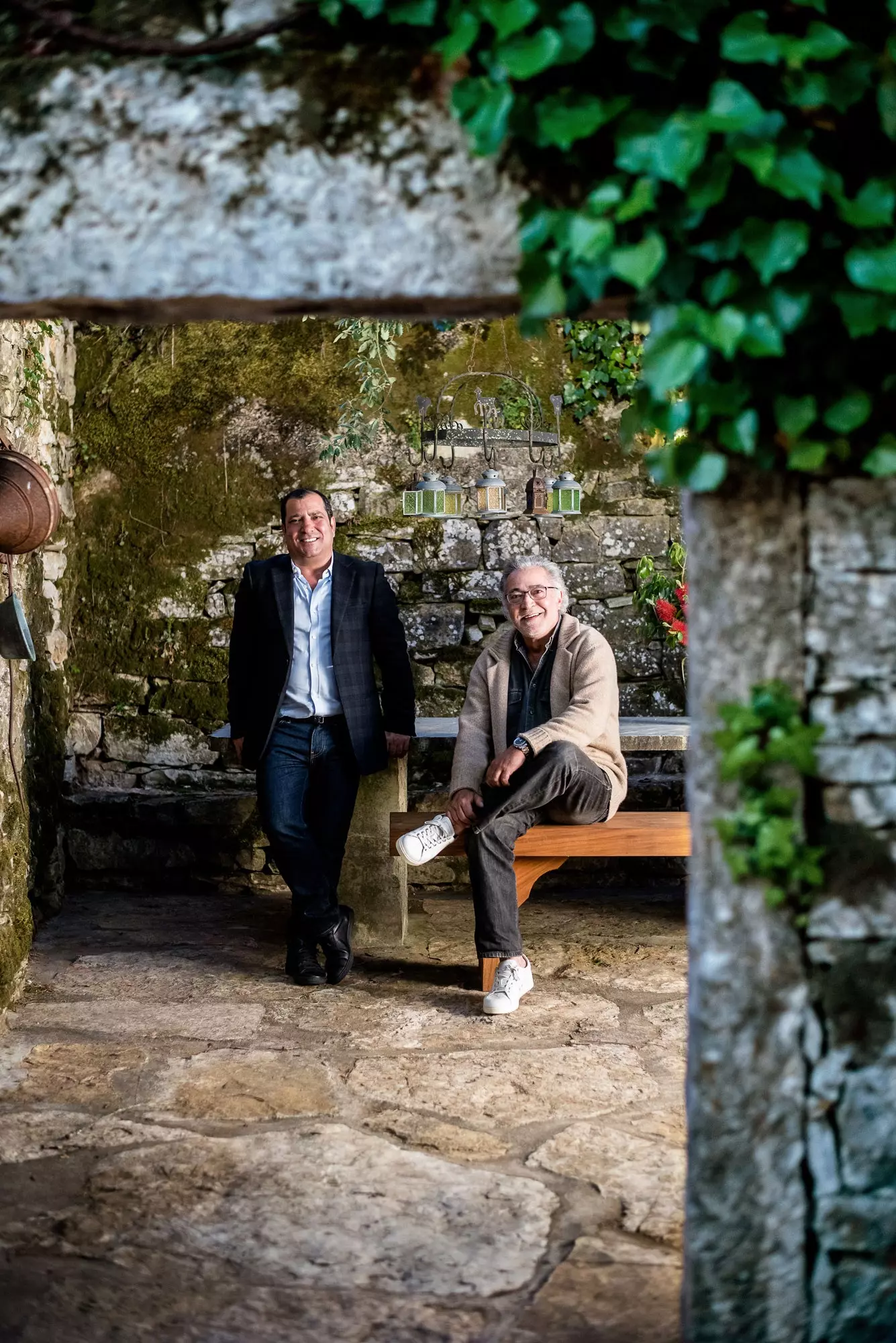
Victor and Manuel run Villa Pedra, in Aldeia de Cima.
Offsetting a propensity for saudade, Manuel's hilarious breech lubricates happy days in this kingdom of elevated gardens overlooking a landscape of birds and mountains.
And, as happens in the great endings –those of fiction and those that hurt–, the farewell takes place in To Cozinha, one of the ten best restaurants in Portugal, located in one of the two-story houses.
The oils and wines, elaborated and sealed in Villa Pedra, water the delicacies that also carry a signature: that of the smiling Marta. Downstairs, between the stoves, the cook decides what the flavors will be for the memory: e l bacalhau with tomato sauce, sautéed cogumelos with pepper, Alentejo migas –by far greener than the ones from Extremadura– and a cauliflower purée that triggers the pheromones of satisfaction.
Does it matter that dozens of stars can be seen through your windows at that precise moment? Very much.
While the desserts arrive, one of the most beautiful verses of the Irish poet and playwright comes out William Butler Yeats : “Responsibility begins in dreams”. It is at that moment when Manuel Casal announces: “I would like to take you to the garden”.
After the thanks –and a very brief explanation of the connotation of his words in Spanish–, we groped our way towards the aforementioned garden. The darkness of the night does not let see what the wind brings: rosemary, lavender and jasmine . It is there, deep in the Portuguese mountains, where our responsibility begins with the dream of a life in the countryside. Who said sleep?
_*This article and the attached gallery were published in the number 109 of the Condé Nast Traveler Magazine (September 2017). Subscribe to the print edition (11 printed issues and digital version for €24.75, by calling 902 53 55 57 or from our website ) and enjoy free access to the digital version of Condé Nast Traveler for iPad. The September issue of Condé Nast Traveler is available at its digital version to enjoy it on your favorite device. _
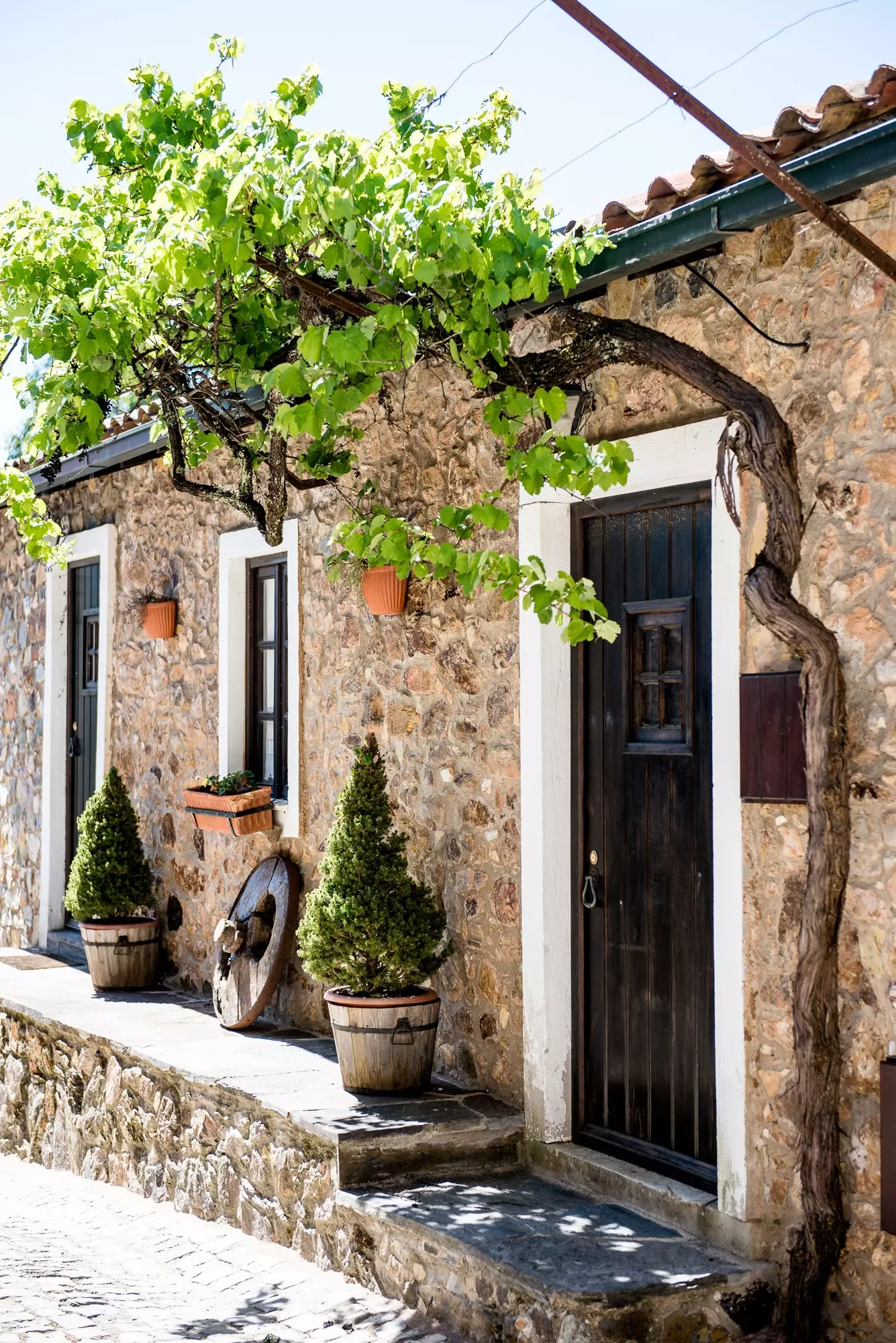
Stone Villa.
